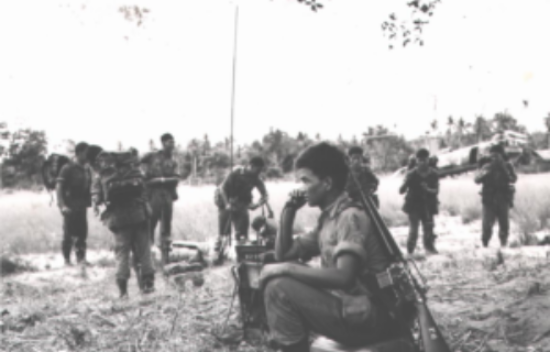Gurkhas, Nepal and the East India Company
Robert Clive’s decisive victory at the Battle of Plassey in 1757 firmly established British supremacy in India thereby opening the door for expansion of the Honourable East India Company.
After the East India Company
Throughout the next 50 years there was much active service in Burma, Afghanistan, the North-East and the North-West Frontiers of India, Malta, Cyprus, Malaya, China (the Boxer Rebellion of 1900) and Tibet.
The First World War
At the outbreak of the First World War the whole of the Nepalese Army was placed at the disposal of the British Crown.
Between the Wars
There was little respite after the First World War, with fighting in the Third Afghan War in 1919 followed by numerous campaigns on the North-West Frontier, particularly in Waziristan.
The Second World War
In the Second World War there were no fewer than 40 Gurkha Battalions in British Service, as well as parachute, garrison and training units. In all this total sum amounted to 112,000 men.
The Partition of India
After the Second World War conflicts in Palestine, The Dutch East Indies, French Indo China, Borneo and the troubled partition of India claimed the attention and often the lives of officers and men of the Gurkha Brigade.
The Malayan Emergency
The Brigade of Gurkhas operated continuously throughout the Malayan Emergency, for twelve years (1948 to 1960) against communist terrorists, and the Gurkha soldier again proved himself to be, as he had previously done in Burma, a superb jungle fighter.
Borneo – The Brunei Revolt
Gurkha troops (1st Battalion, 2nd KEO Gurkha Rifles) were the first to be used again in an operational role at the outbreak of the Brunei Revolt in December 1962.
British withdrawal from Malaysia and Singapore
Between 1967 and 1972, as a result of changing defence commitments and the reorganisation of the Armed Forces, the strength of the Brigade of Gurkhas was reduced from 14,000 to about 8,000.
Recent Operations
Since 1997, the Brigade of Gurkhas has been operationally and battle proven in Bosnia, Kosovo, East Timor, Sierra Leone, Macedonia, Iraq and eleven years in Afghanistan (almost as long as the Malayan Emergency).
Gurkhas and the term ‘Mercenary’
Gurkhas are currently recruited into the British Army under the ‘Tripartite Agreement’ reached freely and honourably between the Governments of Nepal, India and the United Kingdom in 1947.
The King's Gurkha Orderly Officers
Queen Victoria employed Indian servants in the Royal Household from 1887. Munshi Abdul Karim quickly won the monarch’s devoted affection. He was employed as ‘Munshi and Indian Clerk to the Queen Empress’.
The Kukuri
The kukuri, regarded as traditional to all hill tribes of Nepal, is both a formidable weapon and a tool that has innumerable uses from shaping timber to chopping up meat and vegetables.
The Queen’s Truncheon
The history of the Truncheon dates back to the time of the Indian Mutiny when The Sirmoor Battalion (later the 2nd KEO Gurkha Rifles) particularly distinguished itself by holding the Ridge during the siege of Delhi. Here they fought along side the 60th Rifles.
Visit our museum
For more details about the history of the Brigade of Gurkhas you can either visit our Museum in Winchester or take a look at their website.

















